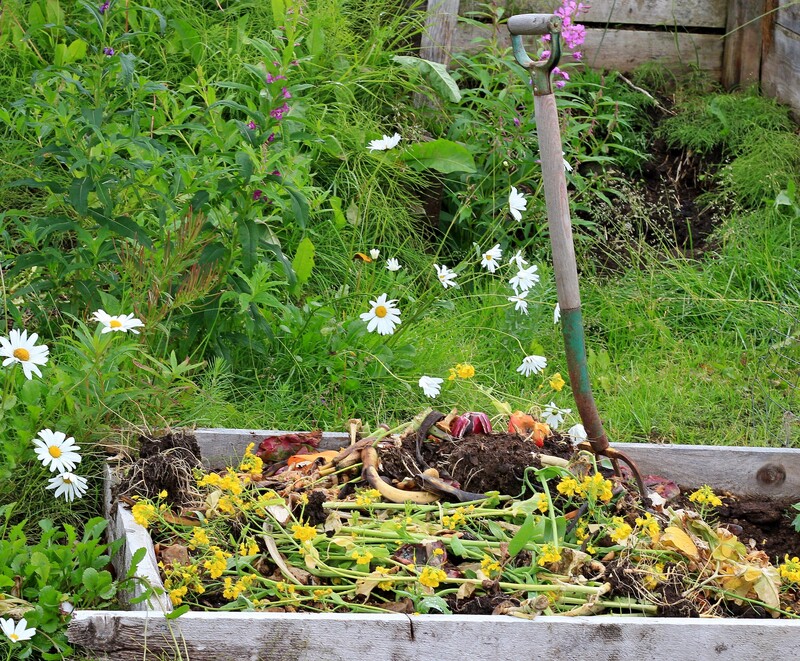Turning Plastic Waste into Eco-Friendly Products
Posted on 28/10/2025
Turning Plastic Waste into Eco-Friendly Products
In recent years, the problem of plastic waste has become a significant environmental challenge. Plastic, once hailed as a revolutionary material, has now become a major pollutant, filling landfills, polluting oceans, and causing harm to wildlife. However, innovative solutions are emerging to tackle this crisis. One of the most promising approaches is converting plastic waste into eco-friendly products. This method not only addresses the waste problem but also promotes sustainability by creating useful items from waste materials. In this article, we explore various techniques, benefits, and examples of turning plastic waste into eco-friendly products.
The Scale of the Plastic Waste Problem
Plastic production has skyrocketed over the last century, reaching an alarming 368 million metric tons in 2020. Of this, a significant portion ends up as waste. According to research, approximately 8 million tons of plastic waste enter the oceans annually, posing a grave threat to marine life. The persistence of plastics in the environment is due to their resistance to natural degradation processes. Traditional plastics can take hundreds of years to decompose, during which they break down into microplastics that further contaminate ecosystems.

Recycling as a Solution
Recycling is one of the most common strategies to mitigate plastic waste. However, traditional recycling methods have limitations. Many types of plastics cannot be easily recycled, or the recycling process results in a lower-quality product. Mechanical recycling, which involves melting and re-molding plastics, often degrade the material's properties. This is where innovative approaches come into play, offering more efficient and sustainable solutions.
Innovative Techniques for Turning Plastic Waste into Eco-Friendly Products
Several cutting-edge technologies are being developed to transform plastic waste into valuable products. Here, we examine some of these promising methods:
Chemical Recycling
Chemical recycling breaks down plastics into their basic chemical components, which can then be used to produce new high-quality plastics. This method includes processes like pyrolysis, gasification, and depolymerization. For example, pyrolysis involves heating plastic waste in the absence of oxygen to produce oil, which can be refined into fuels or raw materials for new plastics. Chemical recycling holds the potential to handle a wider variety of plastics compared to traditional methods.
Upcycling
Upcycling involves converting plastic waste into products of greater value than the original material. This can be achieved through creative design and engineering. Examples include transforming plastic bottles into fashion items, home decor, or building materials. Upcycled products not only reduce waste but also inspire sustainable consumer habits by showcasing the potential of discarded materials.
Biodegradable Plastics
Researchers are developing biodegradable plastics that decompose more readily in natural environments. These materials are derived from renewable sources like corn starch or sugarcane. While not a direct method of recycling existing plastic waste, biodegradable plastics offer a sustainable alternative for future production, reducing the amount of non-degradable waste entering the environment.
Case Studies: Successful Applications of Plastic Waste Conversion
Several companies and organizations are leading the charge in turning plastic waste into eco-friendly products. Let's explore a few inspiring examples:
Plastic Bricks by EcoBricks
EcoBricks are a prime example of how plastic waste can be transformed into useful construction materials. These bricks are made by tightly packing plastic waste into PET bottles, which are then used in building structures. Not only do EcoBricks promote recycling, but they also provide affordable and environmentally friendly building solutions in regions facing housing shortages.
Fashion Industry Initiatives
The fashion industry is notorious for its environmental impact, but innovative brands are making strides in sustainability. Companies like Adidas and Patagonia are using recycled plastics to create high-quality apparel and footwear. For instance, Adidas has launched collections made from ocean plastics, turning waste into trendy, functional sportswear. Such initiatives not only reduce plastic waste but also raise awareness about ocean pollution.
Plastic Roads by Plastic Road
Infrastructure projects are also embracing recycled plastics. The Dutch company PlasticRoad has developed a plastic-based road construction material. These roads are built using modular, hollow sections made from recycled plastics, which are lightweight, durable, and require less maintenance. The solution not only consumes significant amounts of plastic waste but also offers a sustainable alternative to traditional asphalt.
Environmental and Economic Benefits
Turning plastic waste into eco-friendly products offers numerous environmental and economic advantages.
Environmental Benefits
- Reduction in Landfill Usage: Diverting plastic waste from landfills conserves space and reduces the environmental hazards associated with landfill sites.
- Lower Carbon Footprint: Recycling and upcycling processes generally consume less energy compared to producing new plastics, resulting in lower greenhouse gas emissions.
- Conservation of Resources: Reducing the extraction of raw materials by reusing plastic waste helps conserve natural resources and minimizes the environmental impact of resource extraction.
- Pollution Mitigation: Innovative plastic waste conversion methods reduce the amount of plastic entering oceans and ecosystems, thus protecting wildlife and marine life.
Economic Benefits
- Job Creation: Developing and implementing plastic waste conversion technologies can create new jobs in recycling, manufacturing, and research sectors.
- Cost Savings: Reusing plastic waste materials can be more cost-effective than producing new plastics from scratch, thus providing economic savings for industries.
- New Market Opportunities: The demand for eco-friendly products is growing, encouraging businesses to innovate and capitalize on the market for sustainable goods.
- Energy Efficiency: Advanced recycling methods often require less energy than traditional plastic production processes, resulting in cost savings and lower energy consumption.

Challenges and Future Directions
While the potential for converting plastic waste into eco-friendly products is immense, several challenges remain. These include the complexity of recycling mixed plastics, contamination issues, and the need for substantial investment in new technologies and infrastructure. Moreover, consumer awareness and behavior play a crucial role in the success of recycling initiatives. Educating the public about the importance of recycling and supporting sustainable products is essential.
The future of plastic waste conversion holds great promise with continuous advancements in technology and increased global commitment to sustainability. Governments, industries, and consumers must collaborate to foster innovation and implement effective waste management practices. Policies that encourage recycling, funding for research and development, and public awareness campaigns will be pivotal in driving the transition towards a circular economy.
Conclusion
Turning plastic waste into eco-friendly products is a vital strategy in addressing the global plastic pollution crisis. By adopting innovative recycling and upcycling techniques, we can reduce waste, conserve resources, and create a more sustainable future. The integration of eco-friendly products into various industries, from construction to fashion, highlights the versatility and potential of these solutions. As we advance our efforts to combat plastic waste, collaborative action, technological innovation, and consumer awareness will be key in making a lasting impact.
The responsibility lies with each of us - individuals, businesses, and governments - to embrace and support these sustainable practices. Together, we can not only mitigate the adverse effects of plastic waste but also pave the way for a greener, cleaner world.

